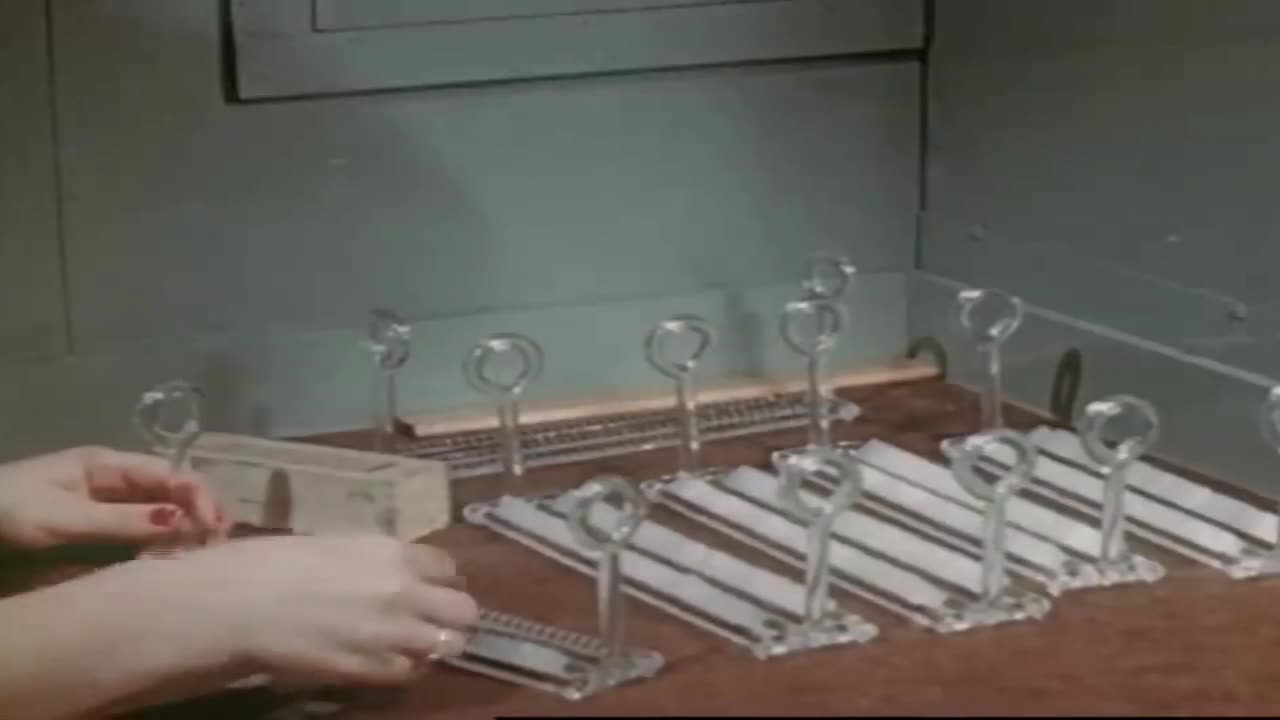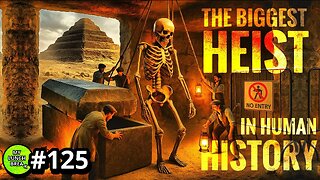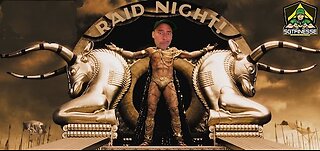Premium Only Content

Crystals Go To War 1943
The United States Army Signal Corps (USASC) is a branch of the United States Army that creates and manages communications and information systems for the command and control of combined arms forces. It was established in 1860, the brainchild of Major Albert J. Myer, and had an important role in the American Civil War. Over its history, it had the initial responsibility for portfolios and new technologies that were eventually transferred to other U.S. government entities. Such responsibilities included military intelligence, weather forecasting, and aviation.
MISSION
Support for the command and control of combined arms forces. Signal support includes network operations (information assurance, information dissemination management, and network management) and management of the electromagnetic spectrum. Signal support encompasses all aspects of designing, installing, data communications networks that employ single and multi-channel satellite, tropospheric scatter, terrestrial microwave, switching, messaging, video-teleconferencing, visual information, and other related systems. They integrate tactical, strategic and sustaining base communications, information processing and management systems into a seamless global information network that supports knowledge dominance for Army, joint and coalition operations.
Electronics has always relied on critical materials that have been difficult to acquire. Today we think of the gold, cobalt, neodymium, terbium, or dysprosium that are required to make electric vehicles, but during World War II raw quartz crystals were required to manufacture the oscillators used in the radio transmitters that were critical to the war effort. This was before the technology to grow quartz crystals was perfected, and the best natural quartz was mined in Brazil.
Film about the manufacture of radio crystals during World War II. Includes footage of quartz crystals and women workers at Reeves Sound Laboratories cutting and testing radio crystals in amazing detail every step in making a crystal oscillator, from inspecting the incoming raw crystals to shipping the finished crystal in its holder. You'll be ready to set up your own quartz crystal factory after watching this film.
Filmed at the Reeves Sound Laboratory, it shows the degree of labor intensive effort that was required to produce an accurate frequency reference, and highlights the contributions of women in wartime manufacturing.
The woman with the long nails and way too much jewlery to be using rotating equipment tuning the crystal... yea baby...
Lots of exposure to x-rays with no apparent protection.
The irony of a "Sound Lab" having such horrible audio. The slight warble sound is artafacts remaining from noise reduction. This thing was worse than a box of Rice Crispies and terrible feedback. Also I stretched the image to fit moden resolution minimum HD requirements.
In 1948 (5 years later) researchers at Fort Monmouth grew the first synthetically produced large quartz crystals... making everything here relatively obsolete. The crystals were able to be used in the manufacture of electronic components, and made the United States largely independent of foreign imports for this critical mineral. In 1949 the first auto-assembly of printed circuits was invented. A technique for assembling electronic parts on a printed circuit board, developed by Fort Monmouth engineers, pioneered the development and fabrication of miniature circuits for both military and civilian use. Although they did not invent the transistor, Fort Monmouth scientists were among the first to recognize its importance, particularly in military applications, and did pioneer significant improvements in its composition and production.
During the Korean War and Vietnam War the Signal Corps operated officer candidate schools initially at Fort Monmouth in 1950–1953, graduating 1,234 officers, and at Fort Gordon in 1965–1968, which produced 2,213 signal officers. (The World War II Signal OCS program at Fort Monmouth, from 1941–1946 graduated 21,033 Signal Corps officers.)
Narration by one of the research scientists of the U.S. Army Signal Corps
Produced by André de LaVarre
Produced at Reeves Sound Laboratories
-
 10:08
10:08
Psychological operations
7 days agoThe World Is A Ghetto War
37 -
 17:10
17:10
Tundra Tactical
5 hours ago $3.10 earnedEXCLUSIVE Zev Heartbreaker Pistol Hands-On Review!
29.7K2 -
 12:31:41
12:31:41
Total Horse Channel
16 hours agoBest Little Derby in the West | Main Arena | Saturday
38.2K3 -
 2:07:01
2:07:01
The Illusion of Consensus
5 hours agoUnlocking Mental Health: A Holistic Approach with Dr. Aruna Tummala
31.3K9 -
 15:53
15:53
Exploring With Nug
10 hours ago $7.02 earnedRiver Search for Missing Woman Leads to Shocking Discoveries Underwater!
41.7K12 -
 17:29
17:29
Clownfish TV
13 hours agoDisney Will CENSOR Abu Dhabi Theme Park! No LGBTQ or Shells on Ariel?!
48.2K28 -
 30:39
30:39
MYLUNCHBREAK CHANNEL PAGE
9 hours agoThe Biggest Heist in Human History
58.6K54 -
 17:13
17:13
Mrgunsngear
11 hours ago $7.29 earnedGirsan MC9 Disruptor X Handgun Review
45.4K2 -
 11:39:17
11:39:17
Sgtfinesse
13 hours ago💚 Dune Awakening Beta is LIVE
112K9 -
 5:39
5:39
Talk Nerdy Sports - The Ultimate Sports Betting Podcast
12 hours agoSolo Sharp Shooter: 10 Data-Driven Locks for May 10
63.7K3